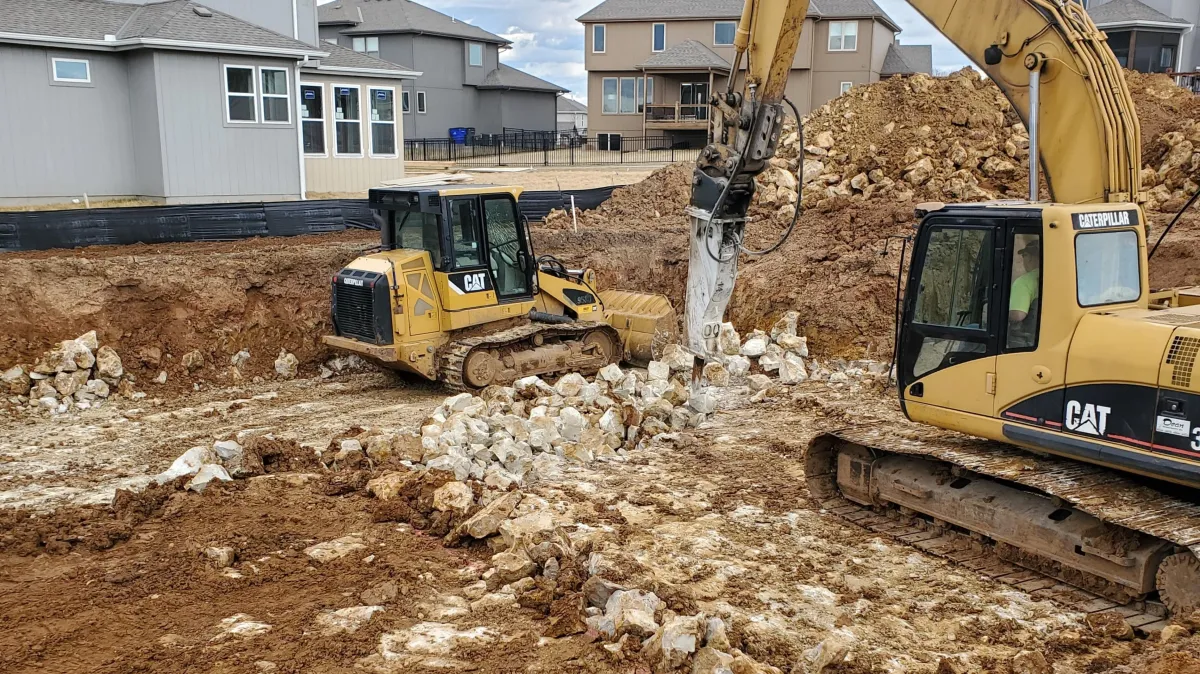
If You’re Not Using a Homesite Checklist, You’re Leaving Money—and Mistakes—on the Table - Copy
The Hidden Pitfalls of Skipping a Homesite Checklist
Every experienced home builder, remodeler, or general contractor has at least one war story: a jobsite where utilities weren’t where they were supposed to be, a tree that couldn’t legally be removed, a slope that turned into a drainage nightmare, or a setback violation that delayed the entire project. These common headaches all point back to one thing—failing to properly vet the homesite before breaking ground.
In an industry where time is money and reputation is everything, you can’t afford to make homesite selection an afterthought.
Enter the Homesite Checklist from Home Builder Guides. This comprehensive document is designed to become your go-to standard operating procedure for evaluating, selecting, and approving build sites before a shovel hits the dirt.
Why a Homesite Checklist Is Non-Negotiable
1. Prevent Costly Mistakes Before They Happen
Skipping a thorough homesite evaluation can result in tens of thousands of dollars in unexpected expenses—from additional excavation work to code violations. A proper homesite checklist ensures that every detail, from topography to utility access, is documented, verified, and accounted for.
When you implement the Homesite Checklist from Home Builder Guides, you’re investing in a preventative system that protects your bottom line.
2. Enhance Your Professionalism and Build Trust
Homeowners and developers want to work with professionals who have a proven process. Using a homesite checklist demonstrates that your business is built on solid systems, not guesswork.
3. Streamline Team Communication
Miscommunications between sales teams, designers, project manager, and subs often start with unclear or undocumented site expectations. The Homesite Checklist acts as a single source of truth for the project. Everyone from the office to the field knows what to expect, what’s approved, and what’s not.
This is how top firms run their construction companies efficiently.
Why Builders Love Templates from Home Builder Guides
Home Builder Guides was created to make life easier for builders, remodelers, and GCs. Every document is structured to give you:
Time savings (no need to reinvent the wheel)
Built-in professionalism (industry-standard formatting and clarity)
Scalability (easy to train new team members or outsource tasks)
Accountability (checklists and documentation reduce liability)
Whether you're a solo operator or managing multiple projects with a team, using tools like the Homesite Checklist builds consistency and reduces risk.
And let's face it—if you're not using home builder templates and checklists, you're setting yourself up for chaos.
Who Needs This?
If you fall into one of the following categories, this checklist belongs in your operations manual today:
New Home Builders trying to create a repeatable, professional process.
Custom Builders needing to evaluate diverse lots on varied terrain.
Production Builders wanting to standardize site prep across dozens of homes.
Remodelers looking to assess additions or accessory dwelling unit (ADU) projects.
Don’t wait until you’re stuck with a bad site or scrambling to meet deadlines. Use the Homesite Checklist to evaluate, validate, and approve projects before buying the homesite.

Real-World Scenarios Where This Checklist Saves the Day
🔧 Scenario 1: Lot Looks Flat… Until It Rains
You get a call from your site super: the excavation crew is bogged down because the “flat” lot floods after a storm. Drainage wasn't considered. You’re now responsible for installing a dry creek bed and regrading at your own expense. Ouch.
With the Homesite Checklist: Drainage and stormwater management are pre-evaluated, and decisions are made before closing on the lot.
🧱 Scenario 2: The Sewer Connection is a Block Away
You win a job, but discover later that the city sewer line is 150 feet from the homesite. Now you need to trench under the street and pull permits you hadn’t accounted for.
With the Homesite Checklist: Utilities are verified during site selection—not after the deal is inked.
🛑 Scenario 3: You Miss the Easement in the Rear Yard
You plan for a pool or detached garage—only to be told the back 15 feet of the lot is unusable due to an easement the buyer didn’t know about.
With the Homesite Checklist: You’ve already documented every easement and adjusted the site plan accordingly. No surprises.
Standard Operating Procedures for Builders Start Here
Having a documented, repeatable checklist for homesite evaluations is just one piece of building a reliable construction business. But it’s a foundational one.
The Homesite Checklist from Home Builder Guides can be easily added to your company’s standard operating procedures for builders. It becomes part of your onboarding for new team members, your training for superintendents, and your process for bidding on new jobs.
It’s the difference between “winging it” and running a company that clients rave about.
How to Run a Construction Company Efficiently? Start With This One Document
Ask any successful builder how to run a construction company efficiently and you’ll hear the same answer: systems, systems, systems.
The Homesite Checklist is the kind of system that sets apart high-performing teams from those constantly putting out fires. It helps you:
Manage client expectations early
Reduce costly errors
Improve internal team communication
Scale your operations
Don’t just manage chaos. Replace it with clarity.

Your Risk-Reduction, Profit-Boosting Tool
A $37 document can save you from a $10,000 mistake.
Whether you build 5 homes a year or 50, the Homesite Checklist from Home Builder Guides is the kind of tool that keeps jobs on time, clients happy, and your company profitable.
You can’t afford to skip this step anymore.
✅ Get the Homesite Checklist Now
It’s not just a form—it’s a framework for building smarter.
